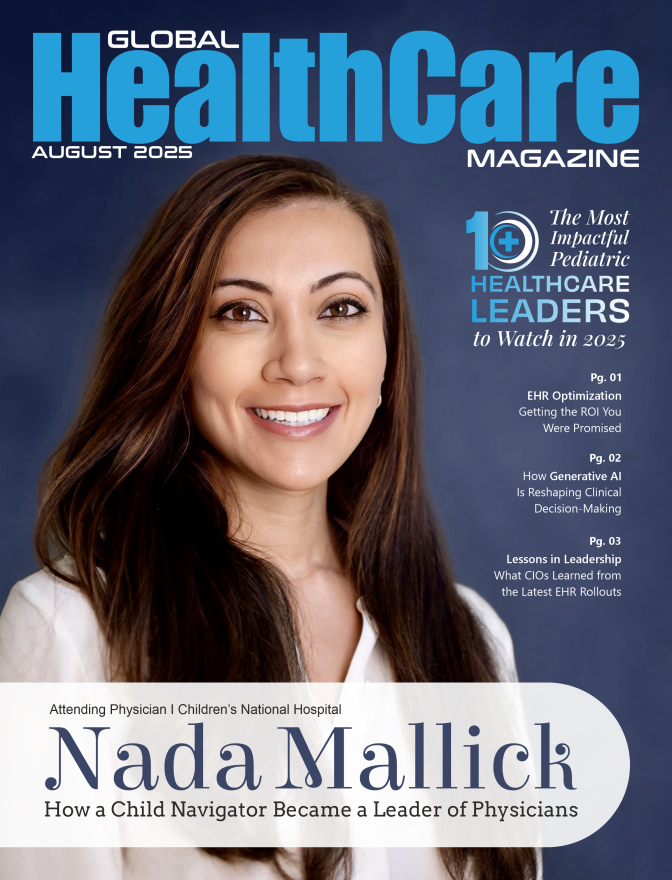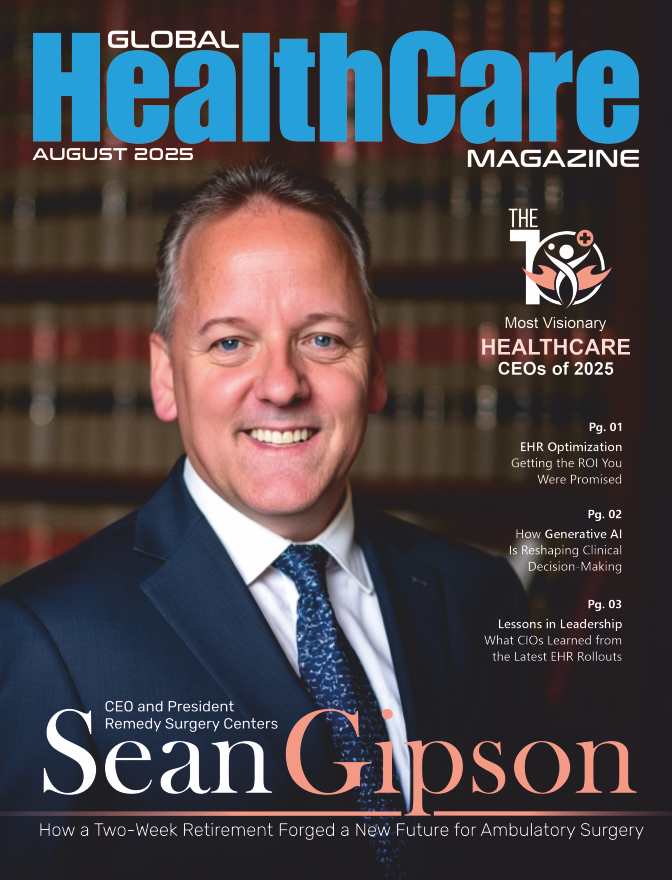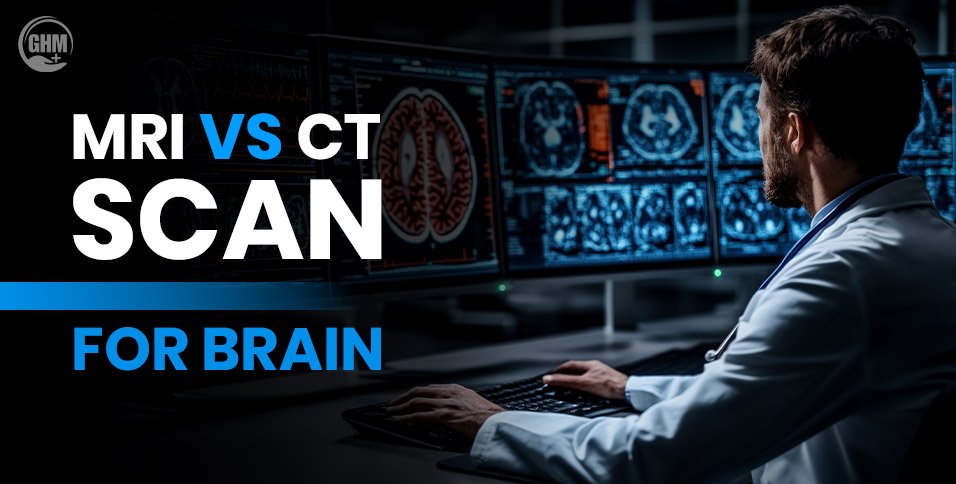In the ever-evolving world of healthcare, emerging technologies continue to play a pivotal role in enhancing diagnostics and treatment. Dermatology, the branch of medicine dedicated to skin health, is no exception. Recent advancements in noninvasive imaging modalities are ushering in a new era for dermatologists, enabling more accurate diagnoses and better treatment monitoring. In this blog, we’ll explore how these technologies are making a difference in the field of dermatology.
Total-Body Digital Photography (TBDP) and Dermoscopy:
Two of the most readily adopted technologies in dermatology are total-body digital photography (TBDP) and dermoscopy. These techniques allow dermatologists to capture high-quality images of the skin, which can be embedded directly into medical records. This provides a visual timeline for tracking disease progression, monitoring skin conditions like psoriasis and vitiligo, and even aiding in surgical planning. For patients, TBDP has become a cornerstone for mapping and monitoring moles, reducing the need for biopsies and detecting skin cancer earlier.
However, these methods have their limitations. Standardization of photography techniques can be a challenge, and not all insurance companies cover TBDP, making it expensive for some patients. Despite these challenges, advancements in mobile applications may soon allow patients to monitor their skin lesions at home, increasing early detection rates.
Confocal Microscopy (CM):
Confocal microscopy is a powerful tool that can distinguish benign from malignant skin lesions. By creating high-resolution images of the skin’s layers, CM aids in diagnosing conditions like basal cell carcinomas and melanoma. It can even visualize tumor margins, making it valuable for surgical planning and monitoring therapeutic interventions.
However, CM requires extensive training and may not always capture smaller, infiltrative lesions. The cost of equipment can be a barrier, and its small field of view can make it challenging to identify large lesions. Nevertheless, ongoing improvements in CM technology, such as better range of motion and image acquisition speed, are on the horizon.
Optical Coherence Tomography (OCT):
OCT is another imaging technology that has found its place in dermatology. It can visualize skin cancers, assess benign conditions, and monitor various skin issues, including wound healing and photoaging. While OCT provides valuable information, it cannot distinguish individual cells, limiting its diagnostic capabilities. Moreover, interpretation of OCT images requires specialized training.
The future holds promise for OCT, as it is frequently combined with other techniques to provide a more comprehensive view of skin conditions. Combining OCT with multiphoton tomography (MPT), for instance, allows for the visualization of cellular details alongside macroscopic morphology, offering enhanced diagnostic capabilities.
High-Frequency Ultrasound (HFUS):
High-frequency ultrasound is particularly useful for measuring skin thickness, determining tumor depth, and assessing the effectiveness of treatments. It excels in identifying tumor margins for conditions like basal cell carcinoma (BCC) and squamous cell carcinoma (SCC). Additionally, HFUS assists in differentiating melanocytic nevi from melanomas.
Conclusion
emerging technologies are reshaping the landscape of dermatology. While these technologies come with their own set of challenges, they hold tremendous potential for improving diagnostic accuracy and treatment outcomes. As ongoing research and development continue to refine these tools, we can expect to see even more significant advancements in the field of dermatology. The future promises more accessible and effective skin care solutions, ensuring that patients receive the best possible care for their skin health.



















